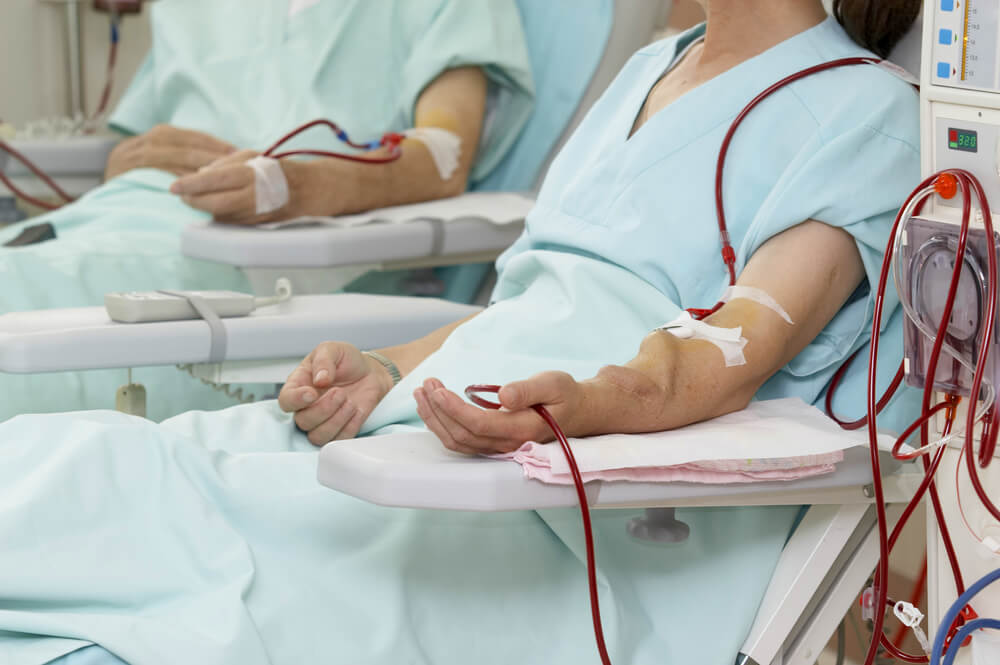Kidney dialysis is a treatment administered when the kidneys have failed to execute their function. End-stage kidney failure happens when the kidneys do merely 10 to 15 percent of their ordinary function, according to the National Kidney Foundation.

Kidney dialysis is a treatment administered when the kidneys have failed to execute their function. End-stage kidney failure happens when the kidneys do merely 10 to 15 percent of their ordinary function, according to the National Kidney Foundation.
TYPES
Three types of kidney dialysis:
Your doctor will conduct surgery to set up an entry point (vascular access) into the blood vessels to get the blood to circulate to the artificial kidney.
It takes a few hours to do this procedure, done four to six times a day. The exchanging of the patient’s fluids will, however, be carried out either asleep or awake.
TREATMENT
Dialysis is a treatment which requires a machine to filter and purify the blood. When the kidneys lose their function, this helps keep the fluids and electrolytes in check. It also helps support the body’s function as normal as possible because the kidneys can not fulfill those tasks due to infection or accident. Without dialysis, the blood can collect salts and other waste materials, poison the bloodstream, and destroy other organs.
Overview and FactsTypes and SymptomsDiagnosis & MedicationsOverview and Facts Tetralogy of Fallot is a congenital heart defect that affects the [...]
Overview and FactsTypes and SymptomsDiagnosis & MedicationsOverview and Facts Trichinosis, also known as trichinellosis, is a parasitic infection caused by [...]
Overview and FactsTypes and SymptomsDiagnosis & MedicationsOverview and Facts Trigeminal neuralgia is a neurological condition characterized by severe facial pain. [...]